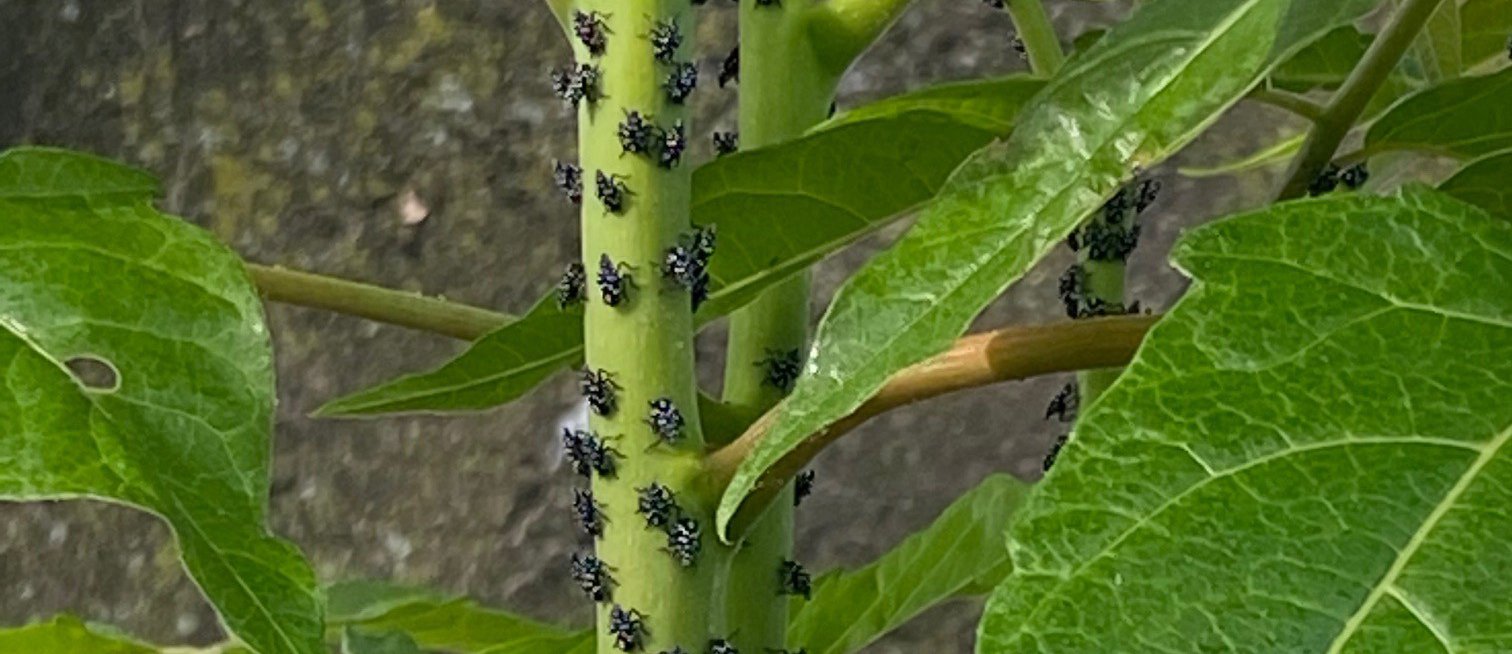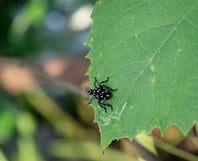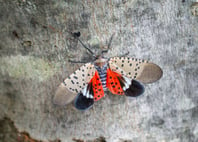
Spotted Lanternfly FAQ
Photo by Viking Pest
Originally Posted On: https://thedailypest.vikingpest.com/spotted-lanternfly-faq
Spotted Lanternflies are a relatively new pest introduced to the New Jersey, Pennsylvania, Delaware, and Maryland areas. First spotted in 2014 in Pennsylvania, the Spotted Lanternfly is an invasive pest causing a threat to trees around your home or business. Read on to learn more about the Spotted Lanternfly with our FAQ and how to protect your home or business from these invasive pests.
Will the Spotted Lanternfly Bite Me?
While these insects can be annoying, the spotted lanternfly does not bite humans. Their mouths look like a straw-like beak that is used to extract the sap from plants.
This tiny beak is not able to penetrate human skin, and overall the bugs are mostly harmless to humans. You may feel a slight pinch if one lands on you, but that’s from the insect’s legs and not from a bite.
Do Spotted Lanternflies Cause Damage?
The spotted lanternfly is not known for causing structural damage like a termite can; however, spotted lanternflies can cause damage to your trees and surrounding greenery. Spotted Lanternflies crawl on plants and trees extracting the sap from the plant. During this process, the plant or tree can begin to wilt or die.
In addition, the waste product of these pests (called “honeydew”) are full of sugar. When they excrete honeydew, this will promote the growth of sooty mold. This black mold can be unsightly and odorous, as well as difficult to remove from your belongings if it spreads (for example, it can get onto your deck and driveway).
What Does a Spotted Lanternfly Look Like?

Spotted lanternflies hatch in the spring and appear as wingless nymphs that hop around to feed and molt. Once they perform their final molting as an adult, they start to fly.
The nymphs are black with white spots and are about the same size as an ant. As they grow, the spotted lanternfly gets larger and starts to turn red in color. Adult lanternflies typically appear near the end of July, but you may see them linger as late as October depending on the conditions.
grow, the spotted lanternfly gets larger and starts to turn red in color. Adult lanternflies typically appear near the end of July, but you may see them linger as late as October depending on the conditions.
A mass of spotted lanternfly eggs will overwinter, then hatch in the springtime. A standard lanternfly egg mass can contain around 30-50 eggs, and females may lay between two and three egg masses in their lifespan.
What Do Spotted Lanternflies Eat?
The spotted lanternfly likes to eat the sap from a variety of plants. Their favorite tree includes the ailanthus tree, also known as the tree of heaven.
These flying insects also like to feast on walnuts and grapevines, but they’ll drink sap from almost any hardwood tree if they can find it. The pests prefer pine trees the least, but they’ll utilize a wide array of host plants to find the food they need.
As far as what eats a spotted lanternfly, praying mantises and spiders seem to be their main predators. Most birds won’t eat these insects; however, there could be some bird species that enjoy them.
Viking is the Spotted Lanternfly Pest Control Expert
Thanks to these spotted lanternfly FAQs, you can be prepared for hatching season. Although these flying insects don’t bite, their sheer numbers can easily become a nuisance.
If you are noticing Spotted Lanternfly activity around your home or business in NJ, PA, DE, or the Eastern Shore of MD, request a fast, free estimate online, or call us at 1-800-618-2847 to learn more about the spotted lanternfly treatment options in your area.
